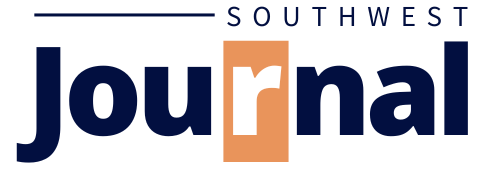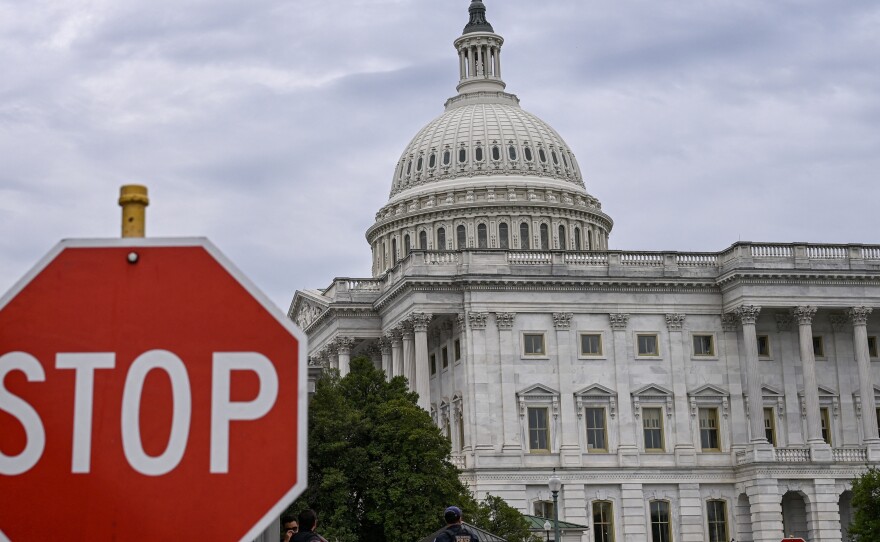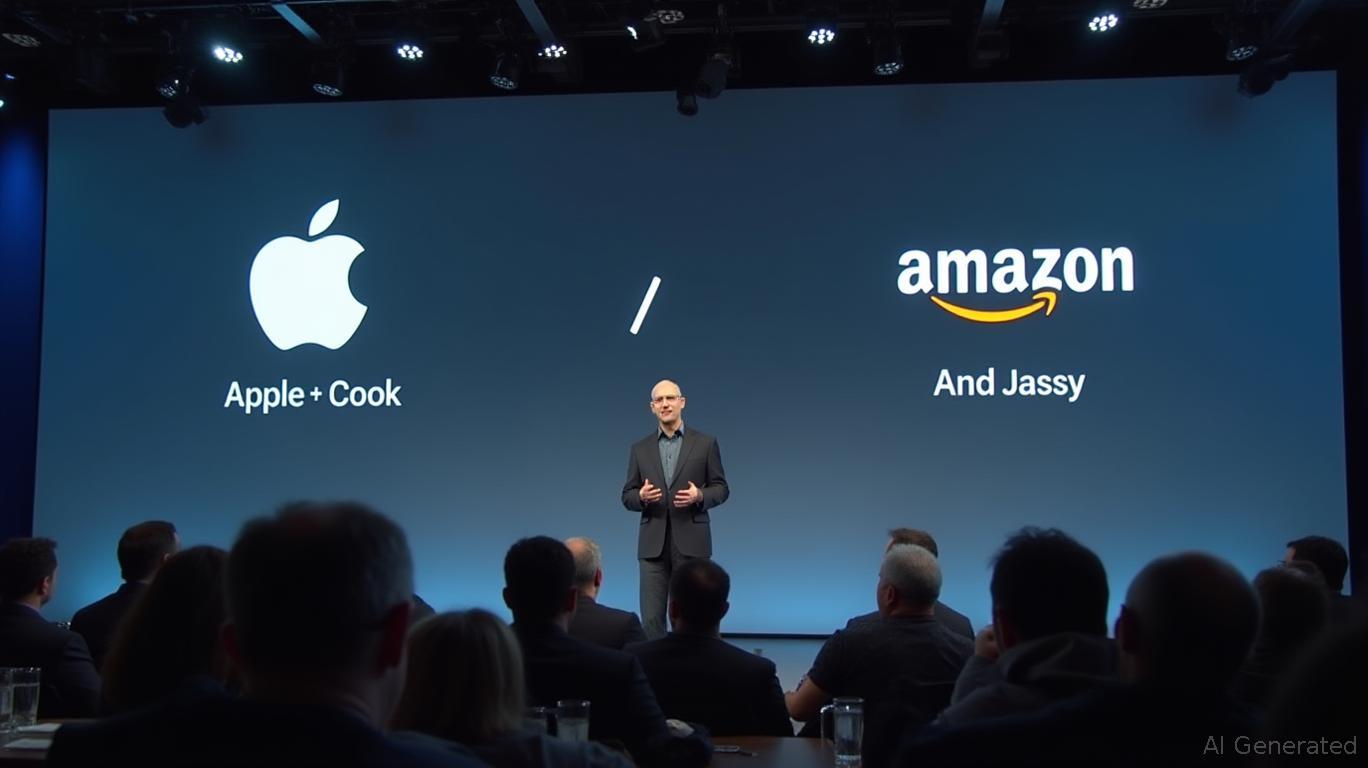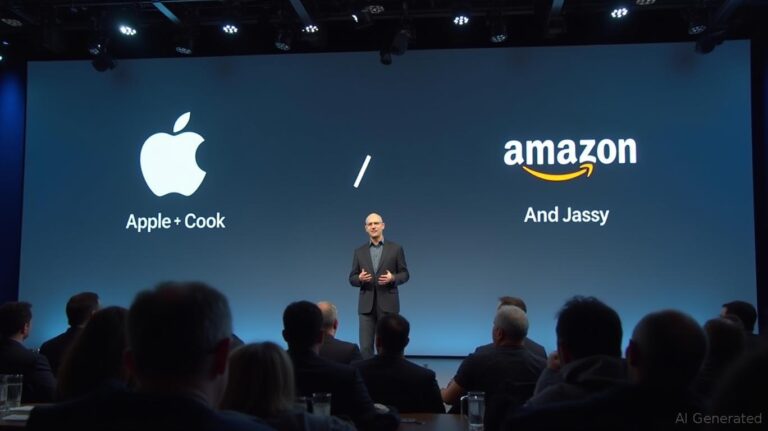During a shutdown, many agencies pause or scale back services; workers miss paychecks; and cultural institutions and parks restrict access. A shutdown occurs when Congress fails to pass funding on time and the President does not sign appropriations or a continuing resolution.
What’s new in this update
- Clarified that the current shutdown began Oct 1, 2025 and is among the longest in modern history. (CBS News live updates)
- Replaced a Facebook post with primary/authoritative sources on SNAP and WIC funding risks. (Roll Call; USDA lapse plan; Conference Board)
- Nuanced parks language: many remain accessible with limited services, while visitor centers and some facilities are closed. (The Guardian – Yosemite)
- Added specifics: Smithsonian museums & National Zoo are closed during the shutdown; the IRS has furloughed ~46% of staff. (Smithsonian; Reuters)
Key takeaways
- Shutdown start: 12:01 a.m. ET on Oct 1, 2025. (CBS News)
- Who’s affected: CBO estimates roughly 750,000 federal employees may be furloughed each day; IRS has furloughed 34,000 (~46%). (PBS/CBO; Reuters)
- Museums & parks: Smithsonian museums and the National Zoo are closed; many national parks are open only for limited, unstaffed access. (KQED)
- Food assistance: USDA says SNAP funding is at risk for November if the shutdown persists; WIC has been temporarily backstopped with $300M in tariff revenue. (Roll Call; Conference Board; FactCheck.org)
- Economic hit: economists estimate ~0.1–0.2 p.p. drag on annualized quarterly GDP growth for each week the government is closed. (S&P Global Ratings; CBS/EY-Parthenon)
What is a federal government shutdown?
A shutdown happens when Congress does not enact appropriations on time and the President does not sign a funding measure. Under the Antideficiency Act, agencies cannot obligate or spend funds without an appropriation, with limited exceptions for activities that protect life and property.
Guidance comes from the Office of Management and Budget and agency contingency plans. (OMB FAQ (PDF); OPM memo)
Historical context
Since 1976 there have been roughly twenty funding gaps, though the practice of widespread agency shutdowns dates to DOJ opinions in 1980–81. The 2018–2019 shutdown lasted 35 days—the longest in U.S. history. (CRS)
| Year | President | Duration (days) | Primary Issue |
|---|---|---|---|
| 1995–1996 | Bill Clinton | 21 | Budget levels & Medicare |
| 2013 | Barack Obama | 16 | Affordable Care Act |
| 2018–2019 | Donald Trump | 35 | Border wall funding |
Why shutdowns happen
They typically stem from disagreement over spending levels and policy riders. In 2025, negotiations stalled over the duration and scope of stopgap funding and over health policy—particularly whether to sustain enhanced ACA premium tax credits as open enrollment approaches (Nov 1). (POLITICO; HealthCare.gov dates)
Major impacts
Workers
CBO estimates roughly 750,000 employees may be furloughed daily; agency plans show hundreds of thousands more working without pay. The IRS has furloughed 34,000 employees (~46%), shuttering many taxpayer services. A federal judge has blocked mass RIF layoffs the administration sought during the shutdown. (PBS/CBO; Reuters; Washington Post; Federal News Network)
Public services
- Smithsonian museums and the National Zoo are closed; animals continue to receive care. (Smithsonian)
- National Parks: Many sites remain physically accessible but with limited or no staffing; some facilities are closed. (KQED; The Guardian)
- SNAP: October benefits were funded, but USDA has warned states that November benefits are in jeopardy if the shutdown persists. (Roll Call; KCRG; NC DHHS letter (PDF))
- WIC: Temporarily supported with $300M in redirected tariff revenue to keep operations going for weeks. (Conference Board; FactCheck.org)
- Law enforcement & security: The administration arranged continued pay for tens of thousands of federal law-enforcement personnel (e.g., CBP, ICE) despite the lapse. (Reuters)
Economy
Independent estimates suggest the shutdown trims growth by ~0.1–0.2 p.p. per week, or roughly $7 billion in weekly lost output. (S&P Global Ratings; CBS/EY-Parthenon)
Where talks stand
House: Speaker Mike Johnson has pushed GOP-favored stopgaps; Hakeem Jeffries leads House Democrats in opposing proposals they say undercut health and social programs. (POLITICO)
Senate: Majority Leader John Thune and Minority Leader Chuck Schumer remain at odds over conditions to reopen the government. (John Thune bio)
Further reading & sources
- CBS News live updates
- OMB: FAQ During a Lapse in Appropriations (PDF)
- OPM memo on lapse (Oct 1, 2025)
- Reuters: IRS furloughs 34,000 employees
- Smithsonian: closure banner
- Roll Call: USDA says SNAP funds could run out
- Conference Board: WIC funded via tariff revenue
- Court blocks RIF layoffs during shutdown
- CRS: Past shutdowns & longest (35 days in 2018–19)












